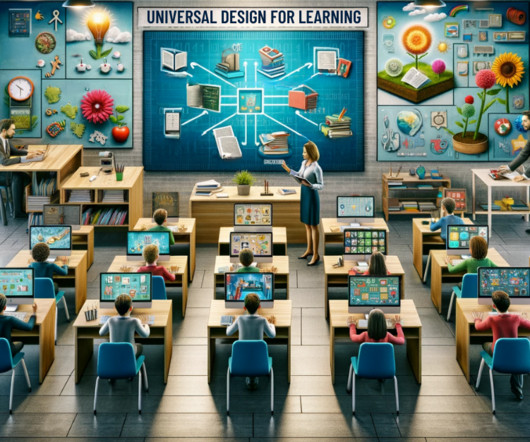U.S. K-12 Educational Technology Policy: Historical Notes on the Federal Role
Doug Levin
APRIL 21, 2016
FY 2003 $700,500,000. FY 2010 $100,000,000. Rationale for Obama administration FY 2010 program funding reduction : “ The proposed reduction of $169.9 Rationale for Obama administration FY 2010 program funding reduction : “ The proposed reduction of $169.9 ” How would the program operate?















Let's personalize your content